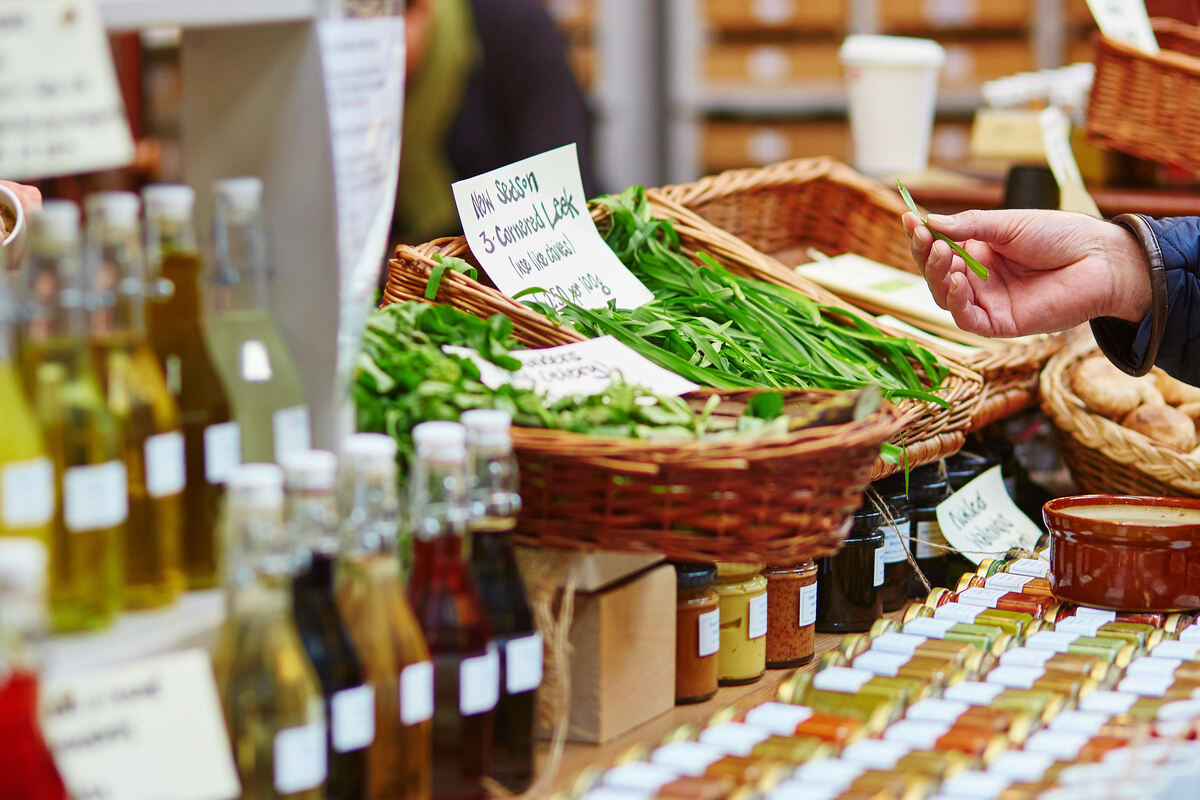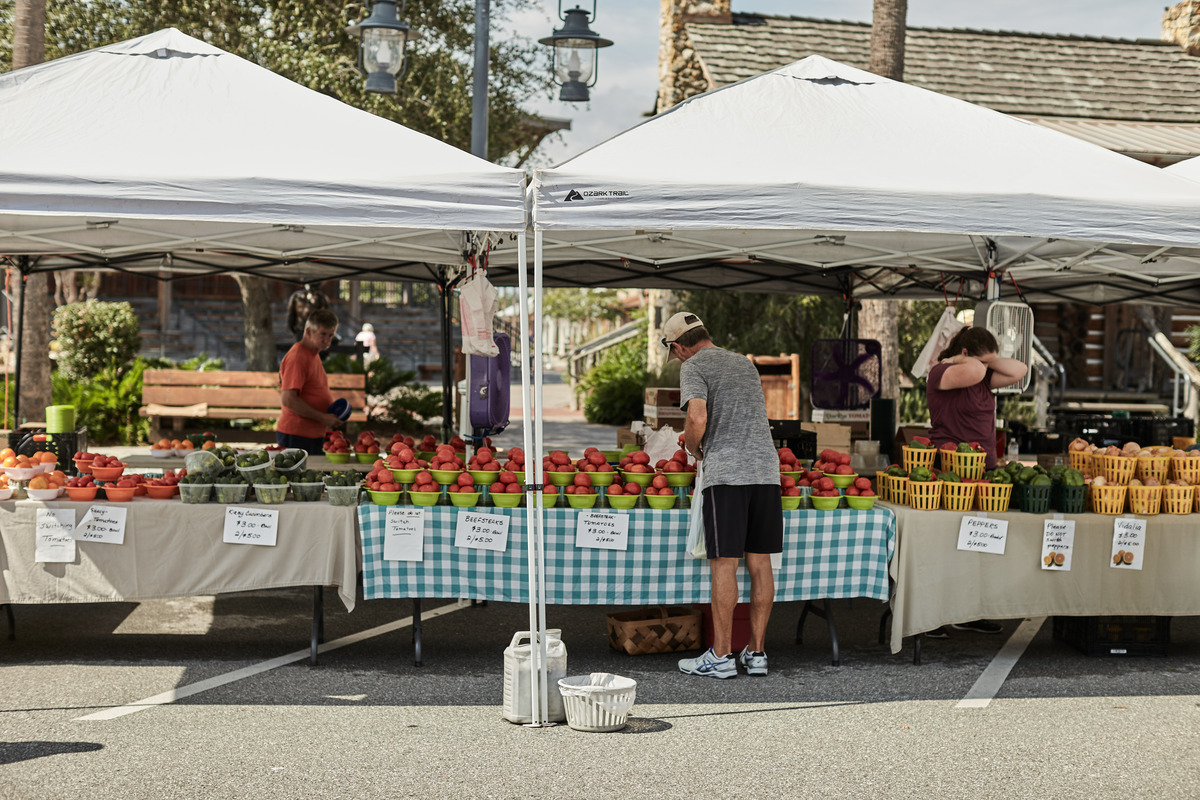The world shifts with every choice we make. Our daily decisions — from the food we eat to the products we buy — carry profound environmental consequences. Yet sustainability isn’t about perfection or overwhelming lifestyle overhauls. It’s about intentional, achievable actions that collectively create meaningful change.
Whether you’re a seasoned environmental advocate or just beginning to explore greener living, this guide offers practical insights into transforming everyday habits that you may not have tried yet. Explore innovative strategies for travel, consumption, and home management that reduce environmental impact without sacrificing your quality of life.
Anyone can implement these actionable approaches to contribute to a more sustainable future, one mindful decision at a time.
Travel with a Green Mindset

Sustainable tourism is a transformative approach to exploring our beautiful planet while minimizing our environmental footprint. Travelling sustainably creates unforgettable memories as you support local ecosystems and communities.
Some destinations have become global leaders in eco-conscious travel. Costa Rica stands out as a prime example, with over 25% of its land protected as national parks or reserves. The country’s commitment to renewable energy and wildlife conservation makes it a model for sustainable tourism. Similarly, New Zealand has implemented comprehensive environmental protection strategies, offering travellers immersive experiences that prioritize ecological preservation.
When planning your eco-friendly adventure, consider these practical strategies to reduce your travel impact:
- Carbon offsetting: Calculate your trip’s carbon emissions and invest in verified offset projects. Platforms like Cool Effect and Atmosfair make neutralizing your travel carbon footprint easy with meaningful environmental initiatives.
- Transportation choices: Opt for trains, buses, and shared transportation whenever possible. These options dramatically reduce individual carbon emissions compared to flying or driving solo.
- Zero-waste packing: Pack reusable essentials like water bottles, cloth shopping bags, bamboo utensils, and compact, multi-use clothing. Every small choice prevents unnecessary waste during your journey.
- Eco-certified accommodations: Look for lodgings with legitimate sustainability certifications like Green Globe or Green Key. These establishments demonstrate a genuine commitment to environmental practices beyond superficial marketing. As a bonus, sustainable accommodations cost an average of $151 less per night than non-sustainable places.
Your travel choices can make a real difference in protecting the environment — one thoughtful trip at a time.
Reinventing Consumer Habits

As a modern consumer, you wield tremendous power through your purchasing decisions. Every dollar spent becomes a vote for the kind of world you want to create. Embracing a sustainable lifestyle can help you transform your shopping from a mindless activity into a thoughtful, intentional practice.
Secondhand shopping is an excellent step toward responsible consumption. Thrift stores, online marketplaces, and vintage boutiques offer high-quality items that reduce demand for new production. By choosing pre-owned clothing, furniture, and accessories, your actions directly decrease manufacturing waste and extend product lifecycles.
Repair services and workshops have also emerged as critical alternatives to disposable culture. Look to the help of local tailors, electronics repair shops, and community fix-it events to restore and maintain items instead of replacing them.
Buying local food is also a critical sustainable practice. Farmers markets and community-supported agriculture programs connect consumers directly with regional producers, dramatically reducing transportation emissions. These local food networks support regional economies, provide fresher produce, and create transparent supply chains that minimize environmental impact.
Home improvements offer another avenue for sustainable transformation. Energy-efficient appliances, smart thermostats, and LED lighting can significantly reduce household energy consumption. Simple changes like adding weatherstripping, installing low-flow water fixtures, and improving insulation significantly reduce utility costs and environmental footprint. If you own a home, you can also explore renewable energy options like solar panels or participate in community solar programs.
Cultivating a Zero-Waste Household

Your kitchen and home can become ground zero for environmental transformation. The mission to eliminate single-use plastics and other waste starts right where you live, with simple yet meaningful everyday choices.
Composting turns kitchen scraps from waste into garden gold. Even apartment dwellers can participate through small countertop composting systems or community garden programs. By redirecting organic waste from landfills, you’re creating nutrient-rich soil and reducing methane emissions. Buying in bulk also dramatically cuts packaging waste.
DIY cleaning solutions offer another powerful approach to reducing household waste. Simple ingredients like vinegar, baking soda, and essential oils can replace dozens of single-use cleaning products. A spray bottle of vinegar and water becomes an all-purpose cleaner while baking soda works magic as a scrub and deodorizer. These homemade solutions save money, eliminate harmful chemicals, and keep plastic bottles out of recycling streams.
Recycling extends far beyond the typical blue bin. Get creative by repurposing glass jars as storage containers, transforming old t-shirts into cleaning rags, or donating worn items to local art programs and schools. Community recycling programs usually offer innovative solutions for hard-to-recycle items like electronics, textiles, and specialized plastics. Many cities also host special collection events where non-recyclable items get a second life.
Small Changes, Big Impact: Embracing Eco-Friendly Living
Sustainable living transforms through consistent, intentional choices. Start with one or two manageable strategies and gradually expand your approach. Each reusable bag, local purchase, and mindful decision creates ripples of change. You don’t need perfection, just commitment. Our collective individual actions have the power to shape a healthier planet. The journey begins with a single step, right where you are.











